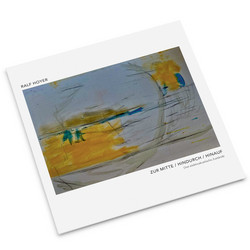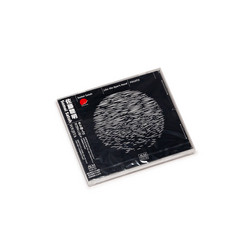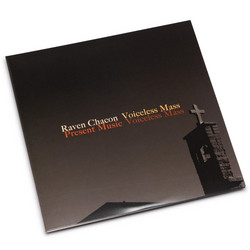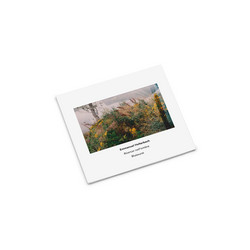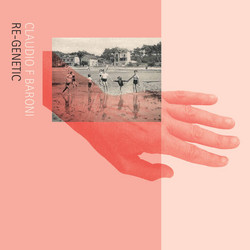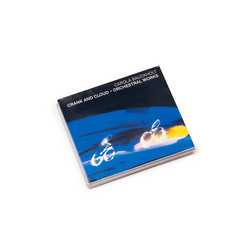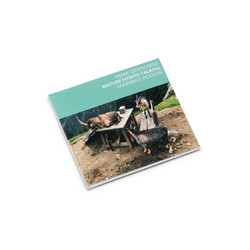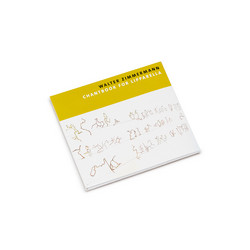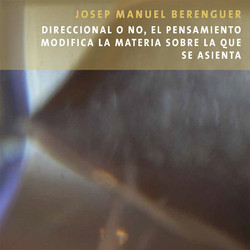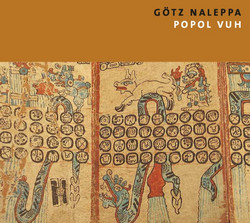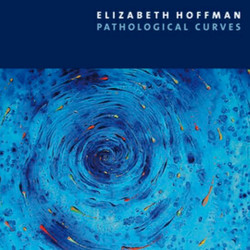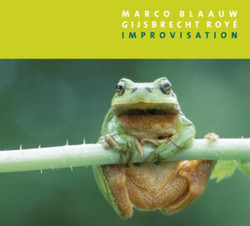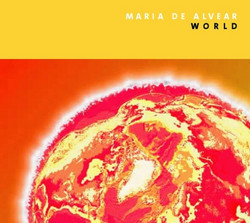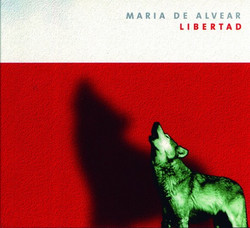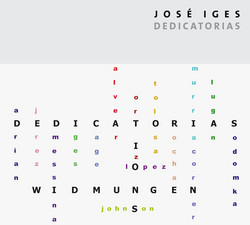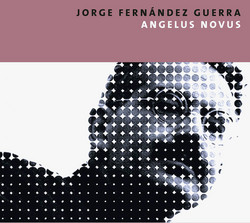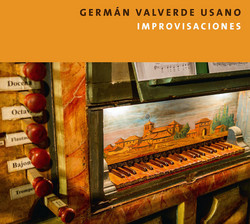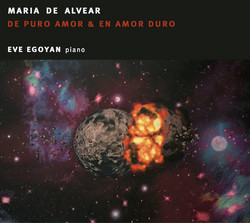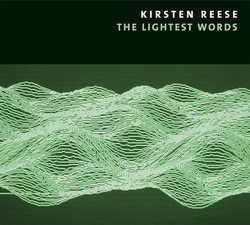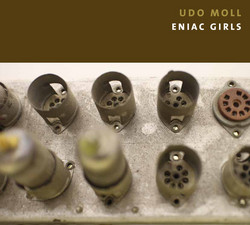*In process of stocking* The Zooming is implemented musically; it captures places on the globe that lie in a constantly narrowing field of view around the Kollegienkirche in Salzburg, the site of the piece's premiere. In the north and south, the latitudes represent the boundaries at 90° each, in the east and west, the longitudes at 180° each. The places where the four wind instruments play in the Kollegienkirche each lie on an imaginary line projected in the four different cardinal directions, namely from the center of the church, seen from directly under the dome (47°,48'; 13°,2°). The (imaginary) journey begins in the most distant areas: Iturup (east), Toscanini (south), Tahola (west) and Barentsburg (north). The players then approach Salzburg in several large steps, whereby a significant musical example is played for the respective place. One criterion for the selection of a station was its immediate proximity to the corresponding longitude or latitude.
The music examples marking these stations should be typical of the place or come from an indigenous culture that has shaped the place in question and vice versa. If no such examples can be found, those of today's Western-influenced technical civilization have been chosen, each of which is commented on by loud, angry sounds of the wind instruments. The consideration which music one associates with a place was relevant. The four cardinal points sound simultaneously and individually asynchronously. The more distant the region from which music is heard, the further away from the parapet of the church's crossing pillars it is played. The first tape playback takes place in the staircase of the stairway to the parapet, the second is already a little closer, and so on. Between the stations there is an individual pause. When the four wind players arrive at the back of the parapet, four pieces of music are played that are characteristic of Salzburg. These interludes are also angrily commented on and finally abruptly interrupted by a double roll on the kou.
Holy Holly is dedicated to the Holly (Ilex aquifolium). The introductory first movement is held like an apotropaic spell. The music of movements two through five is each the resonance of an aspect of the holly. In the second movement, it is the smell of the dried fruits of the holly when smoked that gives a threatened person the strength to resist. Here is the text sung: "I am here in the middle of a big bubble that protects me, front to back, right to left, top to bottom. What is in me, makes me strong, passionately wild? Full of rage I drive it away."
The third movement focuses on the aroma of the tea infusion of the dried leaves, the fourth on the bitter taste of the bark (The holly bears a bark as bitter as any gall...) and the fifth on the scent of the flowers. The sixth movement is a genuine contact with the holly in the form of an invocation, with the singing voice serving the function of contact organ. Finally, the last part is a tribute to the holly, consisting in the musical-poetic representation of a dream in which the holly was honored. The first, third and sixth parts are based on an animistic, shamanic experience of the world. The remaining parts are to be understood as framings to the mentioned movements, respectively as comprehension aids for the occidental listener.




